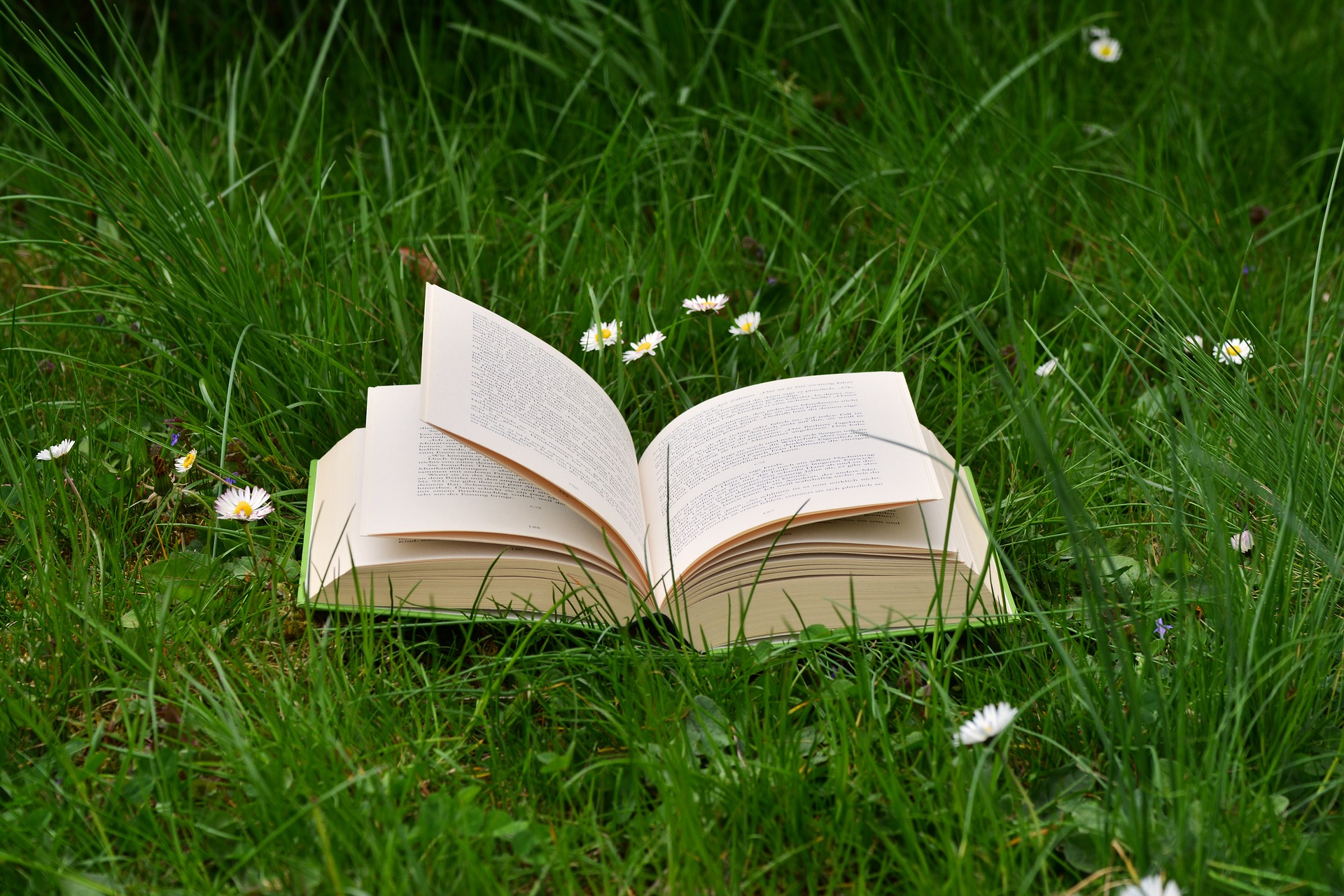 In summer 2017, the Social Science Library conducted a survey of its new purchases to investigate the sustainability practices and commitments of the publishers who supply our broad intake of new books.
In summer 2017, the Social Science Library conducted a survey of its new purchases to investigate the sustainability practices and commitments of the publishers who supply our broad intake of new books.
We had previously acknowledged “Resource use (paper, energy, ink) in printing and delivering books and journals acquired for the library” as one of the Library’s most significant environmental impacts.
As it is our key responsibility as a Library to provide reading materials in support of world-class teaching and research, our purchasing decisions are driven entirely by academic criteria. However, we were interested to explore the sustainability credentials of the publishers of the books we buy, and celebrate the examples of good practice we found.
During the survey we examined the new print books delivered to the library, looking for statements of responsible sourcing of materials and other sustainability policies within the books themselves. We also looked for this information on the websites of the publishers of the books we had received.
We received 65 new printed books during the period of the survey, from 29 different publishers. The library also purchased 6 multi-user e-books during the same period.
12 of the new printed books contained notes in the publication information given within the book to indicate some degree of sustainability practice in the publishing process, for example:
“This book is printed on paper suitable for recycling and made from fully managed and sustained forest sources. Logging, pulping and manufacturing processes are expected to conform to the environmental regulations of the country of origin.”
- Note in book published by Palgrave Macmillan
8 of the new books were marked with the Forest Stewardship Council (FSC) [http://welcome.fsc.org/understanding-the-fsc-labels.27.htm] logo, certifying that the materials used to make the book are sourced responsibly, comprising material originating from FSC certified forests, as well as recycled or reclaimed materials.
A further 14 of the books contained a statement that they had been printed on acid-free or alkaline paper, or that the production process met national or international standards of Permanence of Paper [http://www.niso.org/apps/group_public/project/details.php?project_id=81] which indicates that under normal circumstances the paper should survive for several hundred years.
We found other statements and commitments to sustainable practice on our book suppliers’ websites. Here are some examples:
- Cambridge University Press
“Approximately 75 per cent of Cambridge books and journals only contain paper and board that is either FSC or PEFC certified.”
http://www.cambridge.org/about-us/community-and-environment/sustainable-procurement-policy/ - Harvard University Press
“We have joined over 100 other U.S. publishers in becoming a member of the Green Press Initiative (GPI).”
http://www.hup.harvard.edu/about/#greenpress
http://greenpressinitiative.org/ - Pearson
“The paper used in Pearson textbooks increasingly comes from well-managed forests certified by the Forest Stewardship Council (FSC), and we support sustainable forests initiatives by the WWF, the environment organization, and other partners.”
Pearson Sustainability Report 2016, p.22
https://www.pearson.com/content/dam/one-dot-com/one-dot-com/global/Files/sustainability/2016-report/Summary_PearsonSustainabilityReport2016.pdf - Penguin
“92% of the paper we use to make our books is currently Forest Stewardship Council® (FSC®) certified, in other words sustainably sourced. Our aim is to increase this to 100% by 2020.”
https://www.penguinrandomhouse.co.uk/creative-responsibility/sustainability/ - Taylor & Francis
“we continue to work to reduce waste through the increasing use of Print On Demand.”
http://taylorandfrancis.com/about/corporate-responsibility/sustainability/
